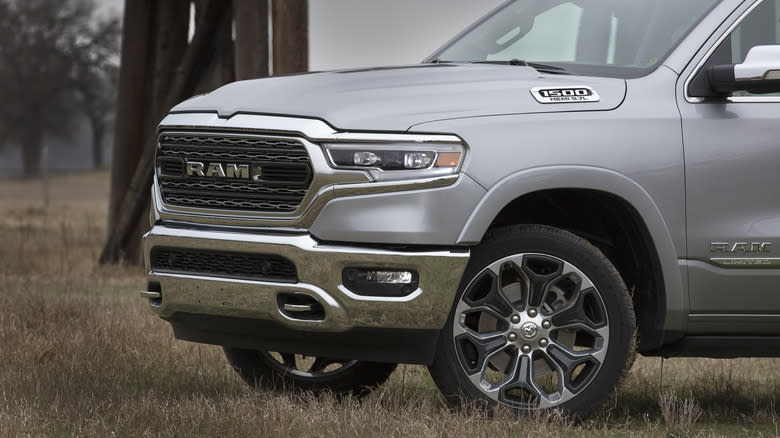
Considering that its parent company Stellantis has spent 2025 bleeding cash, the Ram brand probably isn't looking for more bad news this summer. That's why it must be so frustrating that a rumor has once again popped up about its pickups using plastic upper control arms.
Even though some plastic is twice as strong as steel, it just doesn't sound very tough to say a key piece of your truck's suspension is plastic. And in fact, the ones used in the Ram 1500 aren't made of that material. At least not completely. As confirmed to The Drive by a Ram representative, the control arms in question are "a composite that is integrated with a steel structure" and have an additional coating to help prevent corrosion. The result just happens to have the same appearance as the stuff used to make milk crates.
Now, if you go back to the press materials for the current-generation Ram 1500, you'll see that the truck's then-new front suspension featured "lightweight composite upper control arms." And the Ram team confirmed to The Drive that this is "the same part from the launch of the 2019 Ram 1500 and has been in reliable service for seven years." Nor has it been subject to a recall. There's simply no hard proof — at least, not yet — that Ram's plastic control arms are as bad as those internet stories make them seem.
Read more: These Are Your Favorite Factory Exhaust Designs
What Do Ram's Upper Control Arms Do?
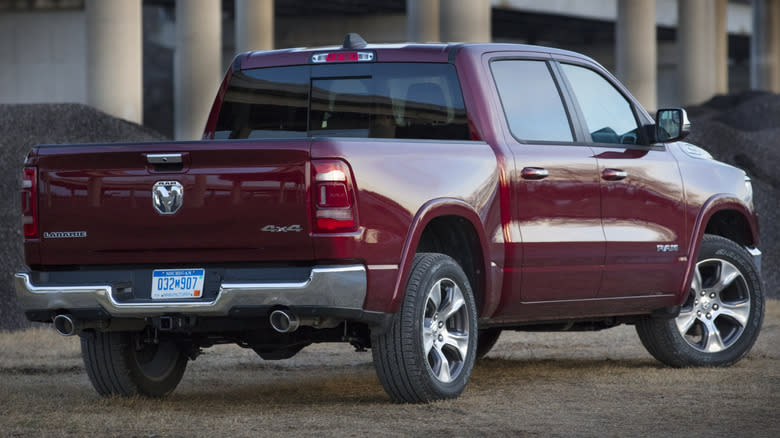
Control arms are so named because they help control the movement of a car's wheels, and in the front suspension, that means both the up-and-down motion as you go over bumps in the road and the turning motion as you steer. In addition, they physically connect the wheels to the vehicle's frame.
Ram's upper control arms look sort of like large cowboy spurs, with two attachment points going to the frame instead of under the heel of your cowboy boots. Technically, they ride on bushings to help eliminate metal-on-metal friction and wear. The other side, the curved part of the control arm, connects with a steering knuckle and ball joint for increased range of motion when you turn.
But you know what upper control arms don't do? They don't play a part in supporting the vehicle above the wheels, like the lower control arms. With that in mind, engineers don't have to worry about making the upper control arms as strong as the lower ones, letting them save weight by using lighter materials like composites. Saving weight is also behind the trend toward plastic suspension springs (actually made of composite).
What Happens If A Control Arm Does Go Bad?
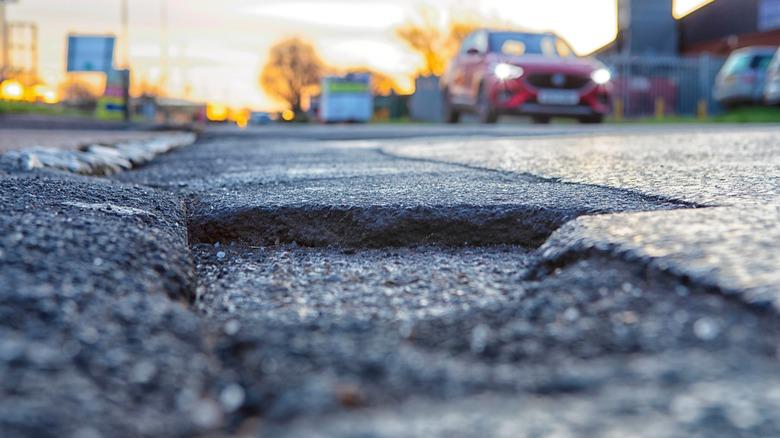
You could go the lifetime of your vehicle without ever having to replace its control arms, as they're usually good for 100,000 miles of driving, or more. They're not indestructible, though, and a hard enough impact with another car, curb, or pothole can bend or break them. Control arms can also be subject to corrosion as you drive through road salt and water.
Regardless, there are a few telltale signs your control arms are on their way out. One of the most noticeable is a clunking kind of noise, especially as you go over bumps and irregularities in the road. It's usually the result of worn bushings that can no longer prevent the control arm from bumping into the car's frame as you drive.
Bad bushings, along with deformed or damaged control arms, can cause issues with turning, too. Here, the arms simply can't do their job of controlling the wheels and keeping them properly aligned as you steer. You also may notice your steering wheel actually shaking or vibrating, while the tires you ride on may start wearing out unevenly. One good solution comes from Chinese supercars that can jump over the potholes in the first place, but don't look for that on a Ram truck quite yet.
Want more like this? Join the Jalopnik newsletter to get the latest auto news sent straight to your inbox...
Read the original article on Jalopnik.


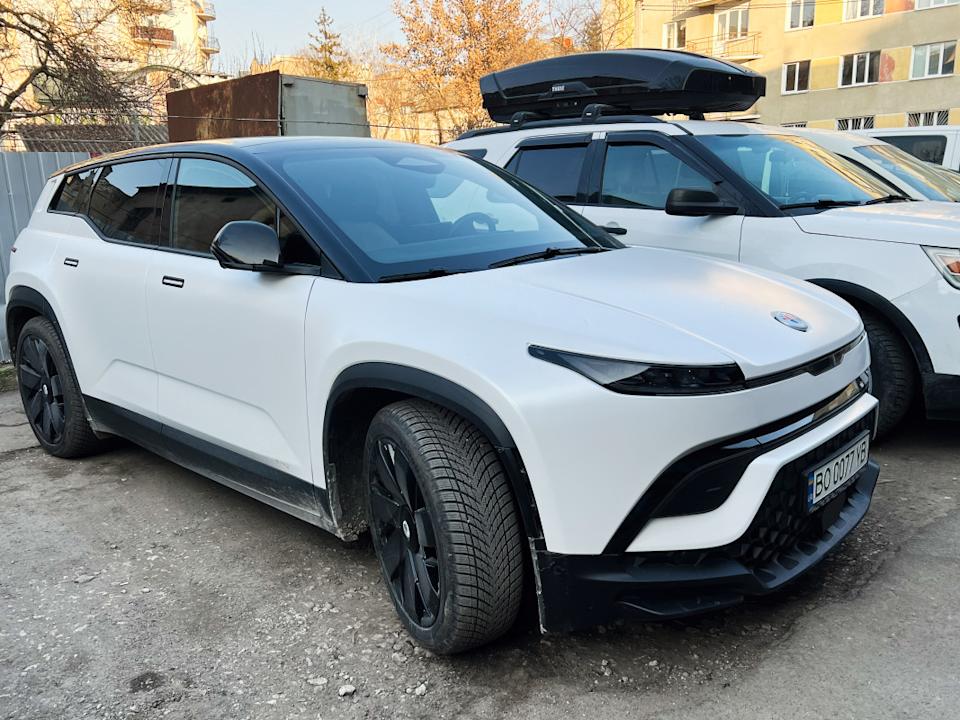
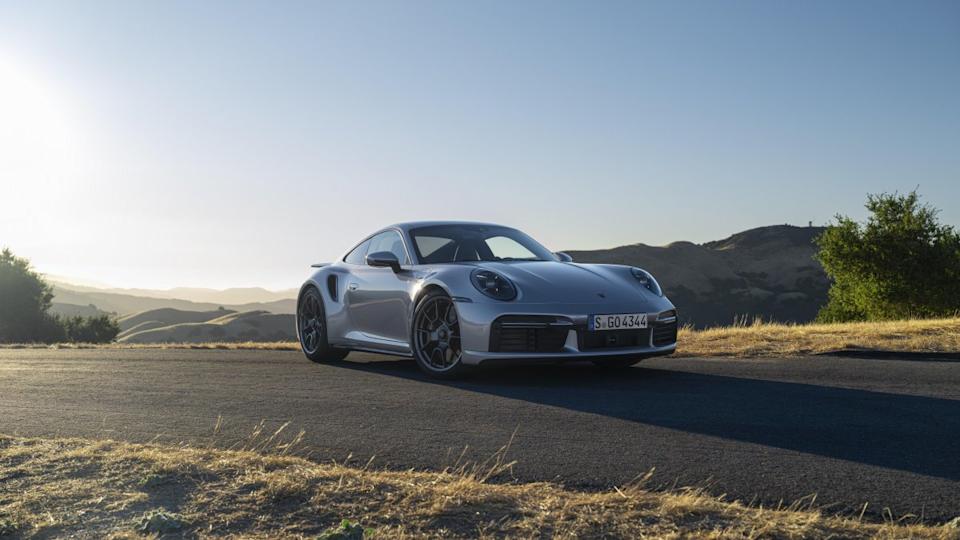
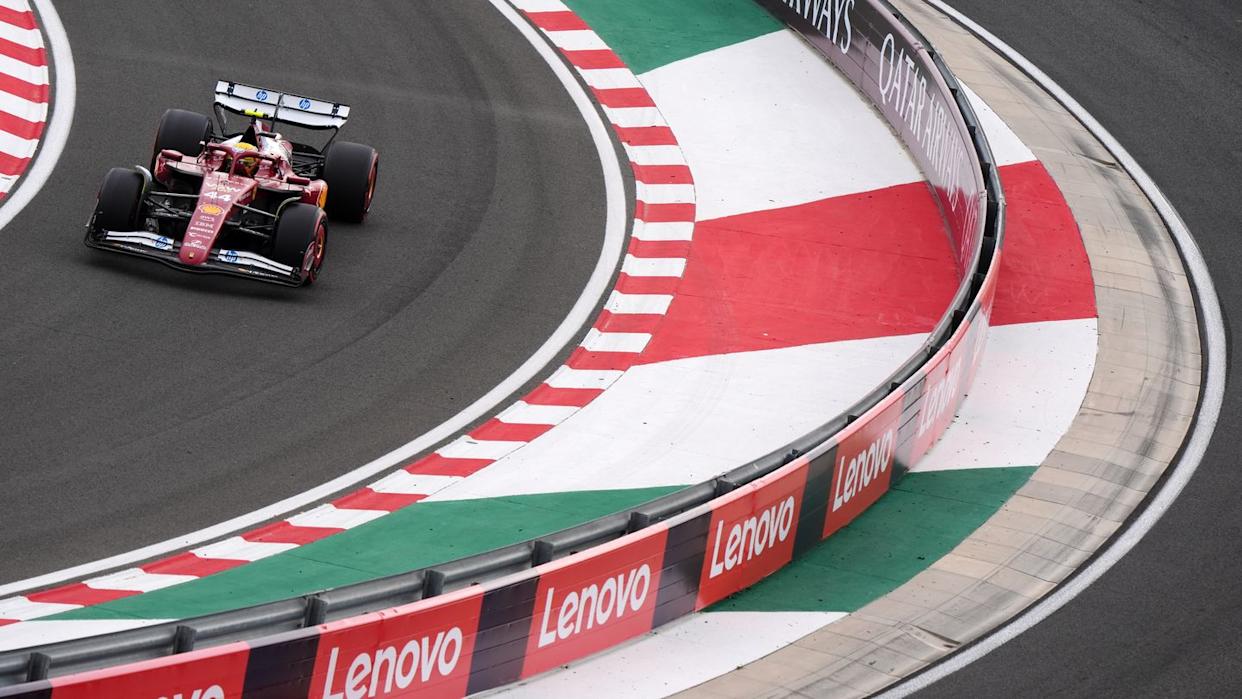
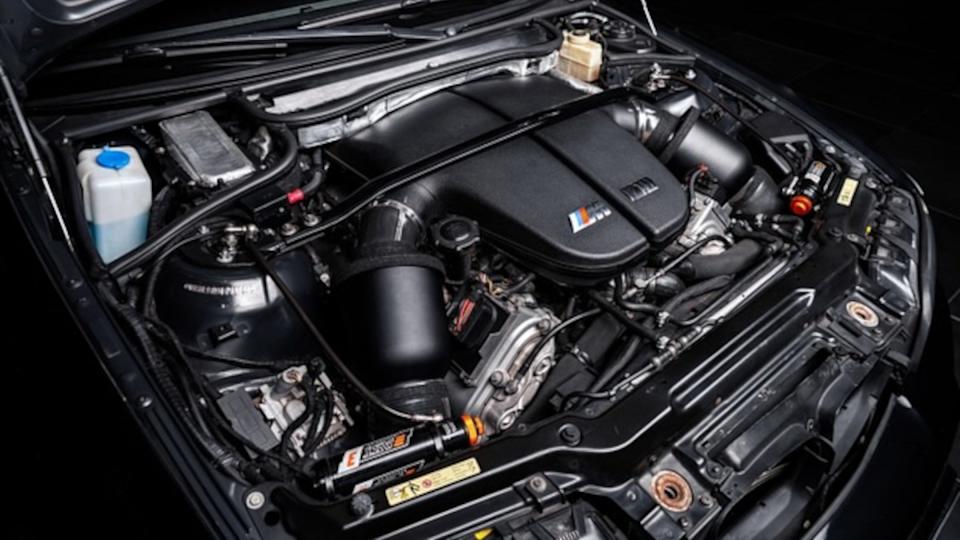
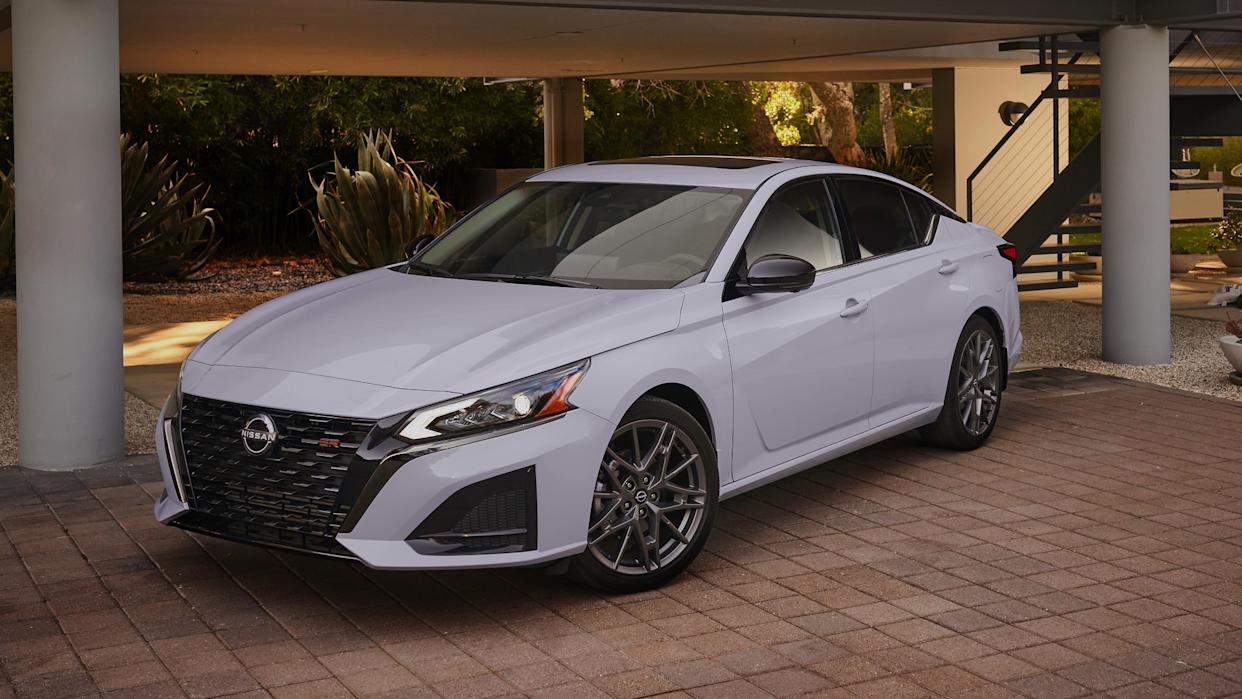
Comments